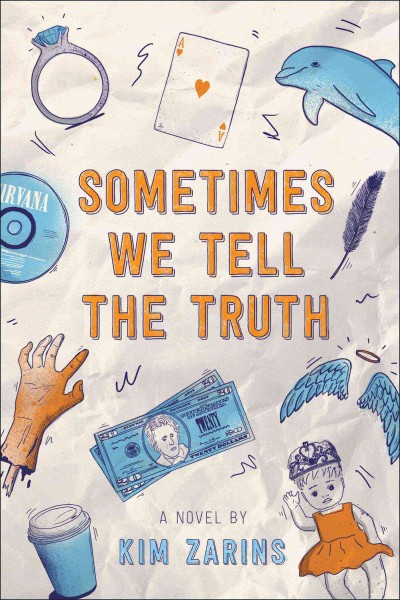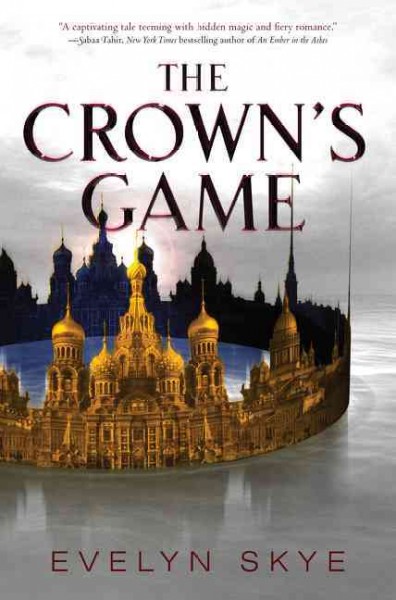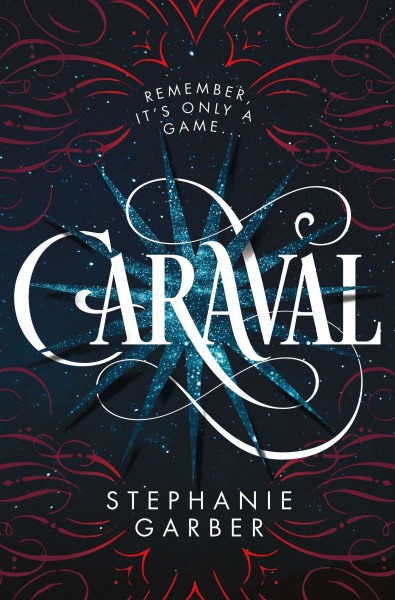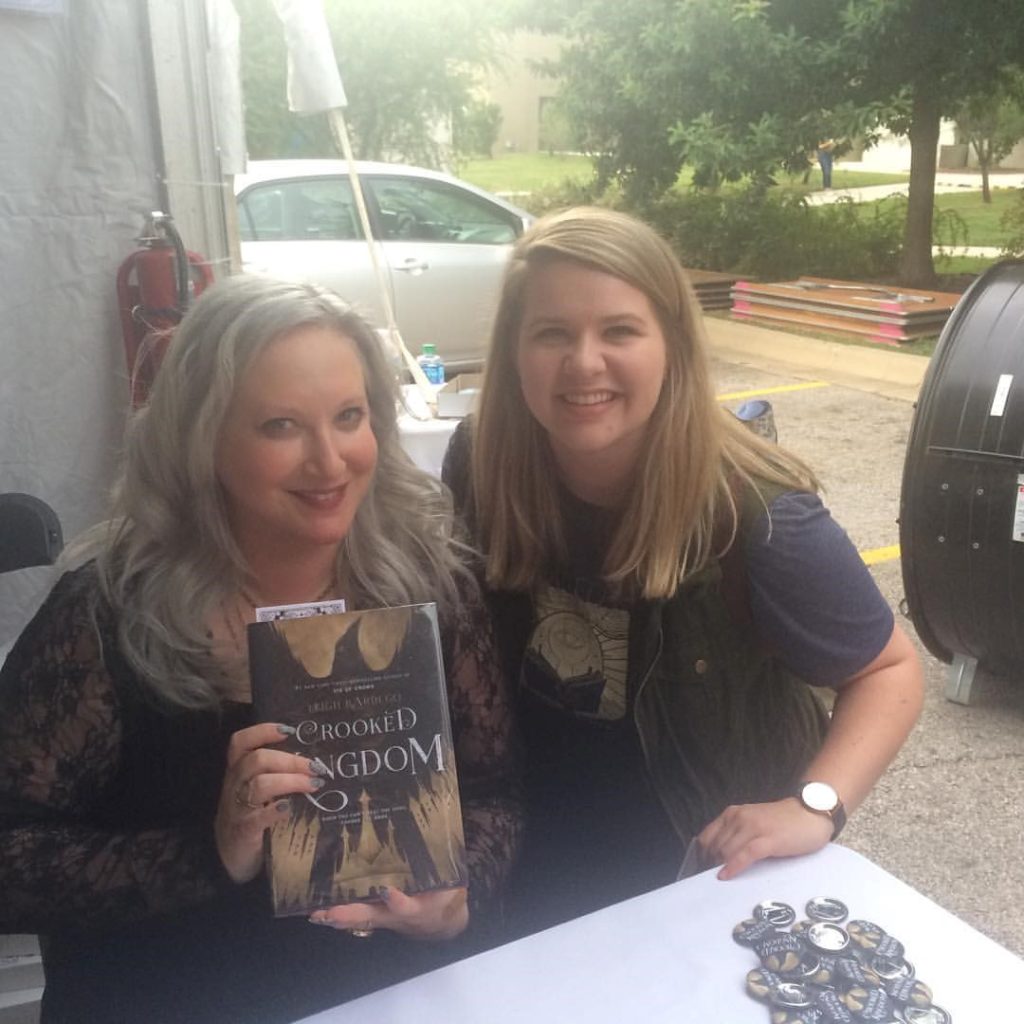by Julia Blakeney
It’s Not Like It’s a Secret by Misa Sugiura is a young adult novel is about the daughter of Japanese immigrants who struggles to find her place in the world of teenagers. The novel begins when Sana, the daughter, learns that her family is moving to California from Wisconsin because her father has gotten his dream job at a start-up company in San Jose. She thinks that being uprooted from her life in Wisconsin is going to be just awful–but she soon finds that her life in Wisconsin is nothing compared to her life in California. She meets new people who she has more in common with, and slowly stops thinking about Wisconsin altogether.
I really like this book because author Misa Sugiura talks openly about race. Sana’s new school in California is entirely unlike her school in Wisconsin. In Wisconsin, Sana was the only Asian in the school, and the other girls in her class never let her forget that fact. In California, she is immediately taken in by a group of Asian girls. These girls befriend her, love her, and she accepts their friendship because she relates to them as children of immigrants, even though their parents are all from different countries. As a school, many of the different ethnicities band together in separate groups, and this is something Sana rejects. She breaks away by hanging out with other groups; at different points of the school year, she finds herself having lunch with the “goth” white kids as well as with her girlfriend Jamie and Jamie’s friends, who are Hispanic. I got the feeling that before Sana came to the school, the kids all stuck to their respective ethnic groups; Sana’s appearance at the school seems to have changed that.
Sugiura is also incredibly informative about different cultures throughout this book. Sana’s parents are Japanese. Later in the novel we learn that they come from ancient, noble families in the countryside. Consistently throughout the book, Sana’s mother talks about Gaman. The concept of Gaman is about tradition and honor: getting married and having children; marrying someone in the same class as you; staying with the person you married, even if you’re unhappy. Sana’s parents are not overly affectionate with each other or with Sana, which Sana attributes to their culture. There are no family pictures or baby pictures of Sana around the house, but when Sana visits her girlfriend’s house, Jamie’s family is affectionate to each other, hugging and kissing each other hello and goodbye, and Jamie’s mother keeps photos of Jamie and her siblings on almost every surface. This is very different than what Sana is used to in her family’s culture.
My favorite thing about this novel is that Sugiura incorporates poetry into her novel, a fact that I greatly admire because I think it is important for young people to know about poetry and come to appreciate it. Sana not only enjoys keeping a poetry journal for one of her classes; she adores Emily Dickinson, and she and her girlfriend exchange poems as love notes to each other. Her attempt to win Jamie back after a breakup includes the use of poetry to convey her regret in losing Jamie, as well as her feelings for her. It is all very sweet and made me smile, and it works, of course. After the ending, Sugiura includes a short explanation as to why she used poetry in the book and the main reasons why she loves poetry. She also includes a list of all the poems she references in the novel so that you can read them yourself.
I’ll wrap up this blog by saying that I think this is a fantastic novel about family and about finding your place in the world. As a kid who moved around a lot in high school, I appreciate any novel whose main character is “the new kid,” and Sana navigates that role with grace. Sugiura’s use of poetry really rounded out the novel for me, and the diversity of the students is fantastic in a young adult novel such as this.


 There aren’t many YA romance novels that compel me to go through them with a pen and a highlighter.
There aren’t many YA romance novels that compel me to go through them with a pen and a highlighter. 
 It’s such a cliche to say that I couldn’t put this book down, but trust me when I say that I really do mean it when it comes to
It’s such a cliche to say that I couldn’t put this book down, but trust me when I say that I really do mean it when it comes to 
 Who knew that a retelling of The Canterbury Tales could feel so modern and authentic? Emulating Chaucer is a tall order by any standard, but Kim Zarins delivers. The story takes place on a bus headed to Washington D.C. filled with rambunctious teens stuck together on a six-hour bus ride. Their civics teacher and supervisor’s solution is to come up with a story-telling competition: best story gets the winner an A in the class. The stories range from hilarious to raunchy to deadly serious, but all of them teach us something valuable about the characters. The cast is diverse and compelling, as one would have to be to make a reader relate to a 24-person cast! The story is tried and true, but Kim Zarins puts an amazing, modern spin on things to make an unforgettable read.
Who knew that a retelling of The Canterbury Tales could feel so modern and authentic? Emulating Chaucer is a tall order by any standard, but Kim Zarins delivers. The story takes place on a bus headed to Washington D.C. filled with rambunctious teens stuck together on a six-hour bus ride. Their civics teacher and supervisor’s solution is to come up with a story-telling competition: best story gets the winner an A in the class. The stories range from hilarious to raunchy to deadly serious, but all of them teach us something valuable about the characters. The cast is diverse and compelling, as one would have to be to make a reader relate to a 24-person cast! The story is tried and true, but Kim Zarins puts an amazing, modern spin on things to make an unforgettable read.
 I’m bringing back a classic Easter book here, guys.
I’m bringing back a classic Easter book here, guys.  This digs into the bigger issues in a very subtle way that is appropriate for small children, but also makes it more interesting for the parents to read. They question her color and class standing, but she overcomes this. They suggest that because she is a woman and a mother, there is no way she could be the Easter Bunny, but she proves them wrong. She never gives up and in the end, she is rewarded for this determination.
This digs into the bigger issues in a very subtle way that is appropriate for small children, but also makes it more interesting for the parents to read. They question her color and class standing, but she overcomes this. They suggest that because she is a woman and a mother, there is no way she could be the Easter Bunny, but she proves them wrong. She never gives up and in the end, she is rewarded for this determination. Well, I am happy to report that I liked it–a lot. Writing a novel about a topical political issue seems ambitious, especially for a first novel. But that is a strength of what Thomas does here with The Hate U Give: she takes the political and makes it personal.
Well, I am happy to report that I liked it–a lot. Writing a novel about a topical political issue seems ambitious, especially for a first novel. But that is a strength of what Thomas does here with The Hate U Give: she takes the political and makes it personal. The title of the book is a take on an acronym, or a
The title of the book is a take on an acronym, or a 


 ee is an impressive debut that I’m excited to see be made into a series.
ee is an impressive debut that I’m excited to see be made into a series.



 The first book in the Grisha trilogy is
The first book in the Grisha trilogy is  Bardugo’s other series, the Six of Crows duology, is also set in the Grisha world, but it centers around a new cast of characters in the trade city of Ketterdam.
Bardugo’s other series, the Six of Crows duology, is also set in the Grisha world, but it centers around a new cast of characters in the trade city of Ketterdam.  But what I love about Bardugo’s books the most are her diverse cast of characters. She creates complex, flawed characters that draw you in. From the mysterious and swoon-worthy Darkling to the criminals in Six of Crows, you can’t help but fall in love with each of them.
But what I love about Bardugo’s books the most are her diverse cast of characters. She creates complex, flawed characters that draw you in. From the mysterious and swoon-worthy Darkling to the criminals in Six of Crows, you can’t help but fall in love with each of them.
 I’ve been in a reading funk for a little bit. Yep, it even happens to us booksellers. I just couldn’t get into any of the books I was picking up lately. So, I did what I always do to get out of said “funk”…I went to our young adult section and asked Clara to just go nuts and hand me books. Because, hey…..that section is just plain fun. Sure enough, she handed me an advance copy of the second book in Rae Carson’s The Gold Seer Trilogy,
I’ve been in a reading funk for a little bit. Yep, it even happens to us booksellers. I just couldn’t get into any of the books I was picking up lately. So, I did what I always do to get out of said “funk”…I went to our young adult section and asked Clara to just go nuts and hand me books. Because, hey…..that section is just plain fun. Sure enough, she handed me an advance copy of the second book in Rae Carson’s The Gold Seer Trilogy,  The Gold Seer Trilogy begins with the first book,
The Gold Seer Trilogy begins with the first book, 

